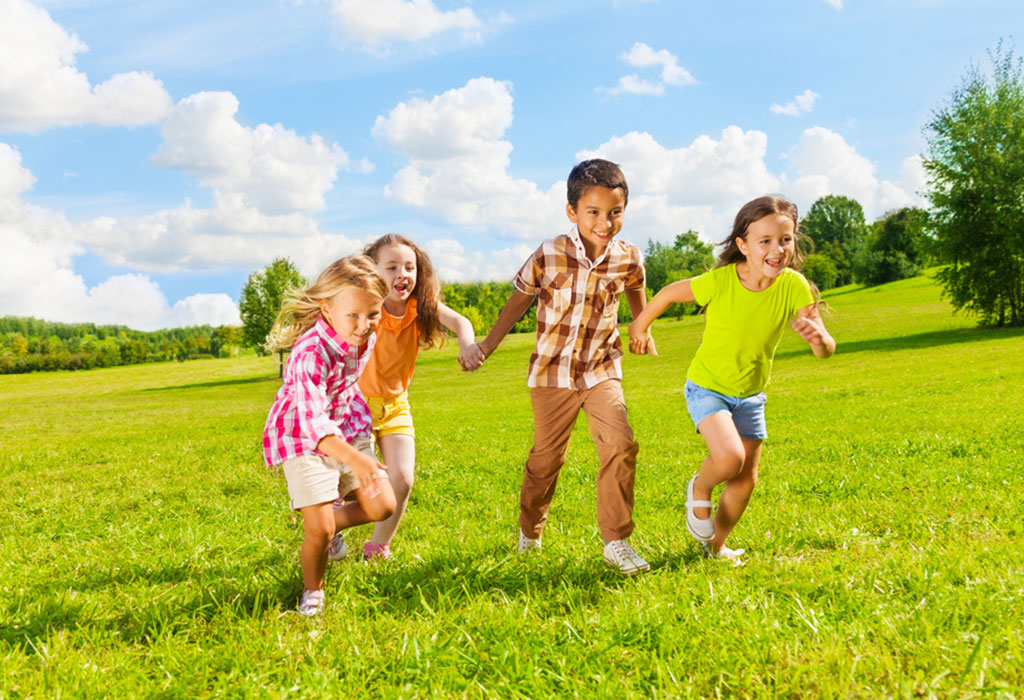Stability skills involve abilities like balance and weight shifting. Children must be able to hold diverse body positions and change them without falling in order to develop these skills. To be able to maintain their balance when moving about or even just standing still, they need muscle strength and bodily-spatial awareness (also known as proprioception). There are different things to do to help children master these skills faster.
What kinds of stability and balance skills are there?
Stability skills come in three types, which are all helpful for completing a variety of physical tasks. Although some of these don’t require much movement, mastering them still requires coordination, practice, and strong muscles.
1. Static
Static stability is the ability to maintain balance while standing still. To achieve it, the center of gravity needs to remain stable over the base of support of the body. While it seems rather simple, for toddlers, not falling down while standing is a skill that requires plenty of practice. Once they confidently stand on their two feet, the next step is to learn how to do it on only one foot.
2. Dynamic
Dynamic stability is the capacity to maintain balance while moving. Getting the hang of this skill is more difficult than maintaining balance while standing still. Weight transfer, such as moving the body’s weight from one foot to the other, often poses a challenge for toddlers mastering dynamic balance.
It includes abilities like stopping after running, avoiding obstacles, tumbling, landing after a jump, and climbing. Every locomotor movement necessitates a certain level of dynamic balance.
3. Axial
Axial stability is the capacity to maintain balance while simultaneously rotating the body. It’s necessary when shifting the body from right to left or the other way around, while bending over, and when somersaulting.
This type of balance is required for many stretches and movements used while playing sports, dancing, and performing other kinds of everyday physical activity.
How to help a child improve their balance and stability?
There are many activities you can do with your child to help them develop their physical stability, including:

- Walking on uneven terrain: Maintaining balance on unstable surfaces is great practice. To make sure they’re safe, go to a well-equipped playground where they’ll be supervised.
- Wheelbarrow walking: With your child’s hands on the ground, hold their legs, and then move around while they walk on their hands. It’s useful as well as super fun!
- Playing hopscotch: Hopscotch is a good game to help kids with their agility. Due to the constant need to switch up movements, it’s one of the best stability exercises for children.
- Jumping on a trampoline: By doing this, kids get a better idea of how to position their body to keep their balance. In addition, it’s an activity most of them absolutely adore!
- Crab walking: To perform this activity, kids should first sit on the ground with their feet in front and their arms behind them. They’ll then use the strength of their arms and legs to move around like a crab.
- Standing and hopping on one foot: This is a type of exercise that never gets old and it’s probably one of the first a toddler will master after learning to maintain balance while standing still.
- Doing yoga for kids: Yoga teaches children to develop spatial awareness by assuming different poses. Apart from being great for improving balance, it also affects their agility, cardiovascular health, focus, and even boosts their psychological well-being.
When you find an activity that your child enjoys, go with it and you’ll soon see improvements in the area of physical prowess and stability. This will give them a great foundation for the future!


